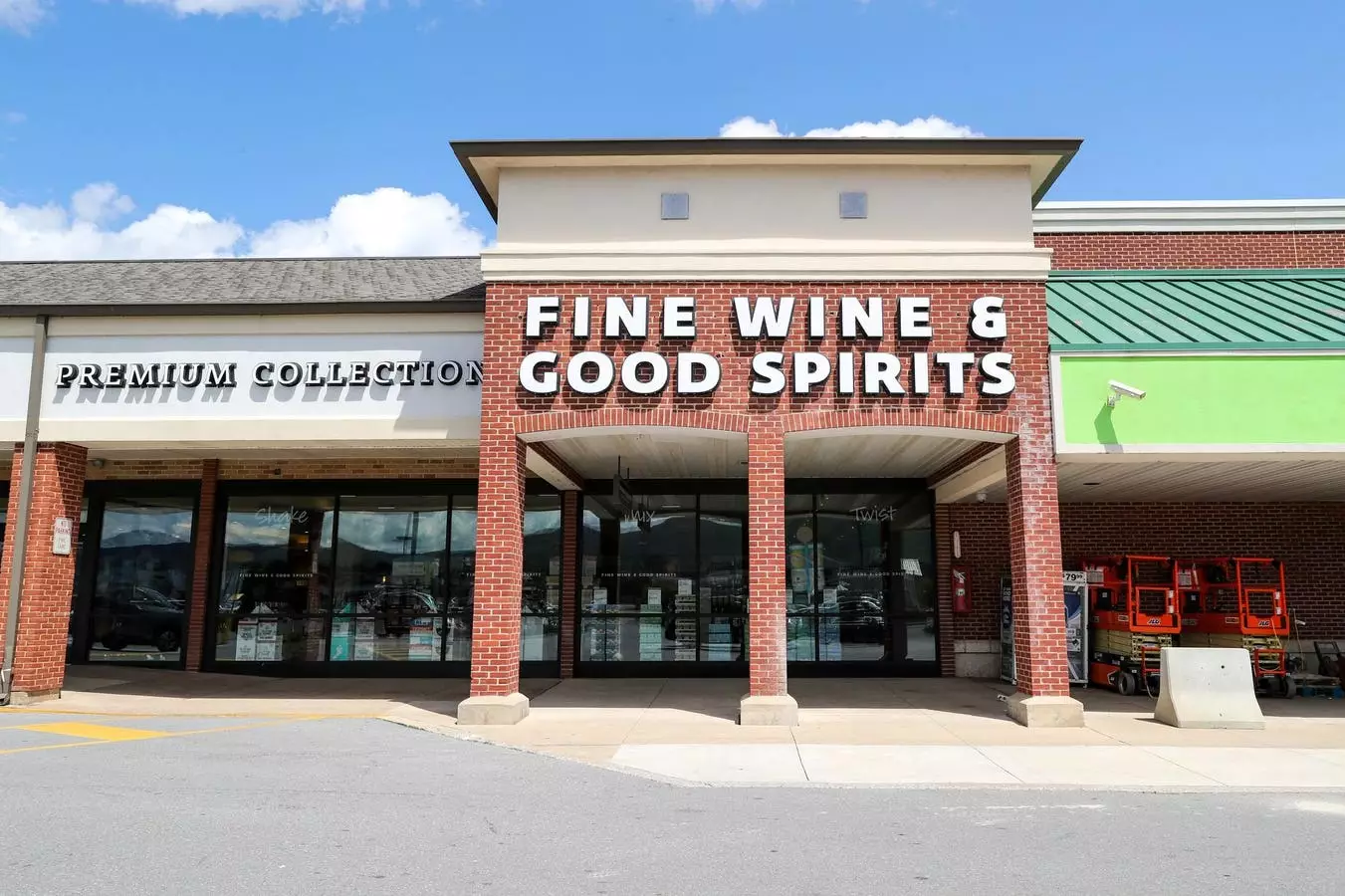The spirits industry, a cornerstone of American beverage culture, faced unprecedented challenges in 2024 as it recorded a rare decline in revenue. This downturn, highlighted in a recent report by the Distilled Spirits Council of the United States (DISCUS), marks a significant shift in a sector that had previously showcased resilience amid various economic hurdles. With inflation impacting consumer behavior and an evolving market landscape, the spirits industry is at a pivotal moment, necessitating a critical examination of the current trends and future implications.
Economic Pressures and Consumer Spending
According to the DISCUS report, revenue across the spirits industry fell by 1.1% in 2024 compared to the previous year. This marked a stark contrast from the growth trends witnessed in the past decades and reflects broader economic realities. Christine LoCascio, DISCUS’s chief of policy, strategy, and membership, pointed out that essential expenses surged as housing and healthcare costs escalated, prompting consumers to tighten their discretionary spending, especially on luxury items like premium spirits.
The most affected categories included super premium spirits, with Scotch whisky experiencing a significant double-digit decline. The stagnant growth in demand for blended and American whiskey further exacerbated the industry’s slump, while rum, gin, and brandy also posted decreased revenues. The only silver lining came from categories like vodka, which maintained a flat performance, and Irish whiskey, Canadian whisky, tequila, and mezcal that recorded modest gains. This paints a vivid picture of a complex and shifting consumer landscape where the cost of living weighs heavily on spending habits.
Despite the overall downturn, a noticeable trend emerged in the form of ready-to-drink (RTD) cocktails. The DISCUS report revealed that spirits-based RTDs saw a revenue increase of $468 million, highlighting a shift in consumer preferences. Once a niche market, RTDs now carve out 18% of the total spirits market share, a significant jump from 8% three years prior. This paradigm shift reflects a growing inclination toward convenience and flavors that appeal to a diverse demographic, hinting that the spirits industry may still adapt to changing consumer demands.
The momentum gained by RTDs signals an evolution in how consumers engage with alcoholic beverages. With busy lifestyles and limited time for traditional mixology, people are increasingly gravitating towards these premixed options, which may also serve to counterbalance the decline in traditional super premium offerings.
For decades, the liquor industry thrived on the “premiumization” trend, which persuaded consumers to invest in higher-priced products. However, with the current economic climate, this strategy seems to be on hold. LoCascio noted a subtle shift within the super premium category, indicating that consumers are reluctant to abandon high-quality products entirely but may be searching for more affordable options within that segment. The allure of luxury spirits remains, yet affordability becomes paramount as consumer priorities shift in response to economic pressures.
Furthermore, the ongoing economic uncertainty stemming from tariff discussions poses additional challenges. Increasing production costs due to trade policies can lead to higher prices for end consumers, potentially further stymieing demand. Industry leaders, such as Chris Swonger from DISCUS, emphasize the importance of educating policymakers about the spirits industry’s intricate ecosystem, which relies on both domestic and international markets.
As the spirits industry navigates the fallout from economic pressures and changing consumer behaviors, it also encounters challenges from within and outside its sphere. The rise in health-consciousness, particularly among younger generations like Gen Z, contributes to a decline in traditional alcohol consumption. Increased awareness of health risks associated with alcohol, including the recent suggestion from the U.S. Surgeon General to label alcoholic beverages with cancer warnings, adds another layer of complexity to the industry’s marketing and health approach.
Moreover, tariff uncertainties loom large, with potential retaliatory measures affecting American whiskey and interferings with brands’ operations and pricing strategies. Sonat Birnecker from Koval Distillery correctly points out how difficult it is to regain market share once it’s lost. Maintaining consumer loyalty amidst these challenges will demand innovative approaches from distillers and marketers alike.
2024 has indeed revealed vulnerabilities within the spirits industry, challenging perceptions of its resilience and adaptability. As revenue declines highlight the weight of economic pressures and shifting consumer priorities, companies will need to pivot strategically. Will they embrace innovation? Will they temper their focus on premiumization in favor of a broader market reach? The answers to these questions will likely shape the industry’s path as it seeks to navigate this rocky terrain.

